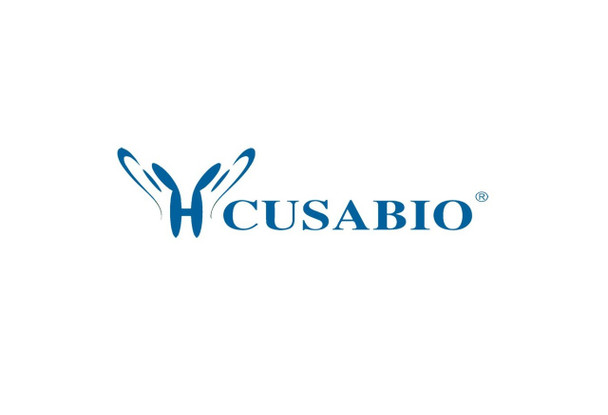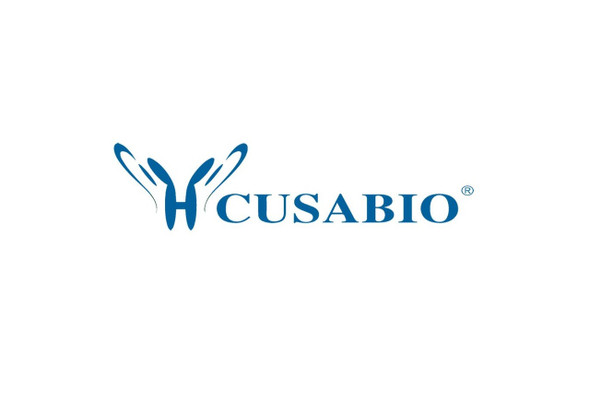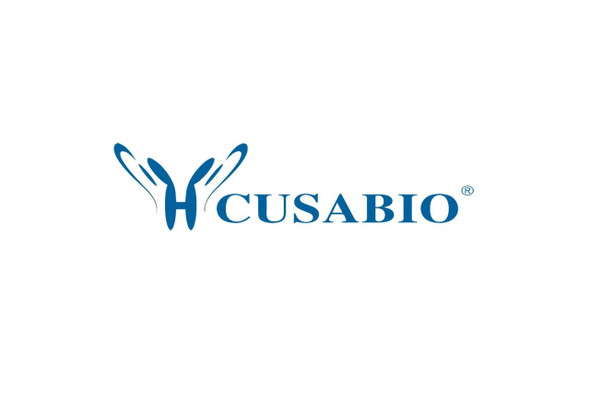Cusabio Mycobacterium tuberculosis Recombinants
Recombinant Mycobacterium tuberculosis Steroid C26-monooxygenase (cyp125) | CSB-YP351308MVZ
- SKU:
- CSB-YP351308MVZ
- Availability:
- 25 - 35 Working Days
Description
Recombinant Mycobacterium tuberculosis Steroid C26-monooxygenase (cyp125) | CSB-YP351308MVZ | Cusabio
Alternative Name(s): Cholest-4-en-3-one 26-monooxygenaseCytochrome P450 125Steroid C27-monooxygenase
Gene Names: cyp125
Research Areas: Others
Organism: Mycobacterium tuberculosis (strain CDC 1551 / Oshkosh)
AA Sequence: MSWNHQSVEIAVRRTTVPSPNLPPGFDFTDPAIYAERLPVAEFAELRSAAPIWWNGQDPGKGGGFHDGGFWAITKLNDVKEISRHSDVFSSYENGVIPRFKNDIAREDIEVQRFVMLNMDAPHHTRLRKIISRGFTPRAVGRLHDELQERAQKIAAEAAAAGSGDFVEQVSCELPLQAIAGLLGVPQEDRGKLFHWSNEMTGNEDPEYAHIDPKASSAELIGYAMKMAEEKAKNPADDIVTQLIQADIDGEKLSDDEFGFFVVMLAVAGNETTRNSITQGMMAFAEHPDQWELYKKVRPETAADEIVRWATPVTAFQRTALRDYELSGVQIKKGQRVVMFYRSANFDEEVFQDPFTFNILRNPNPHVGFGGTGAHYCIGANLARMTINLIFNAVADHMPDLKPISAPERLRSGWLNGIKHWQVDYTGRCPVAH
Source: Yeast
Tag Info: N-terminal 6xHis-tagged
Expression Region: 1-433aa
Sequence Info: Full Length
MW: 50.4 kDa
Purity: Greater than 90% as determined by SDS-PAGE.
Relevance: Catalyzes the C-27 hydroxylation of cholest-4-en-3-one and cholesterol and subsequently oxidizes the alcohol of the former to the cholest-4-en-3-one-27-oic acid via the aldehyde intermediate. Not required to incorporate the cholesterol side-chain carbon atoms into cellular lipids.
Reference: Deciphering the biology of Mycobacterium tuberculosis from the complete genome sequence.Cole S.T., Brosch R., Parkhill J., Garnier T., Churcher C.M., Harris D.E., Gordon S.V., Eiglmeier K., Gas S., Barry C.E. III, Tekaia F., Badcock K., Basham D., Brown D., Chillingworth T., Connor R., Davies R.M., Devlin K. , Feltwell T., Gentles S., Hamlin N., Holroyd S., Hornsby T., Jagels K., Krogh A., McLean J., Moule S., Murphy L.D., Oliver S., Osborne J., Quail M.A., Rajandream M.A., Rogers J., Rutter S., Seeger K., Skelton S., Squares S., Squares R., Sulston J.E., Taylor K., Whitehead S., Barrell B.G.Nature 393:537-544(1998)
Storage: The shelf life is related to many factors, storage state, buffer ingredients, storage temperature and the stability of the protein itself. Generally, the shelf life of liquid form is 6 months at -20?/-80?. The shelf life of lyophilized form is 12 months at -20?/-80?.
Notes: Repeated freezing and thawing is not recommended. Store working aliquots at 4? for up to one week.
Function: Involved in the utilization of cholesterol as the sole carbon and energy source by degrading the side chain during infection
Involvement in disease:
Subcellular Location:
Protein Families: Cytochrome P450 family
Tissue Specificity:
Paythway:
Form: Liquid or Lyophilized powder
Buffer: If the delivery form is liquid, the default storage buffer is Tris/PBS-based buffer, 5%-50% glycerol. If the delivery form is lyophilized powder, the buffer before lyophilization is Tris/PBS-based buffer, 6% Trehalose, pH 8.0.
Reconstitution: We recommend that this vial be briefly centrifuged prior to opening to bring the contents to the bottom. Please reconstitute protein in deionized sterile water to a concentration of 0.1-1.0 mg/mL.We recommend to add 5-50% of glycerol (final concentration) and aliquot for long-term storage at -20?/-80?. Our default final concentration of glycerol is 50%. Customers could use it as reference.
Uniprot ID: P9WPP1
HGNC Database Link: N/A
UniGene Database Link: N/A
KEGG Database Link: KEGG
STRING Database Link: STRING
OMIM Database Link: N/A









